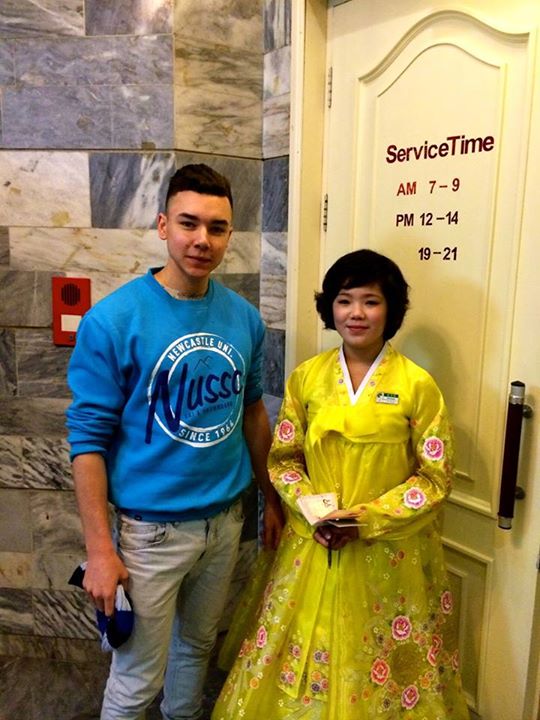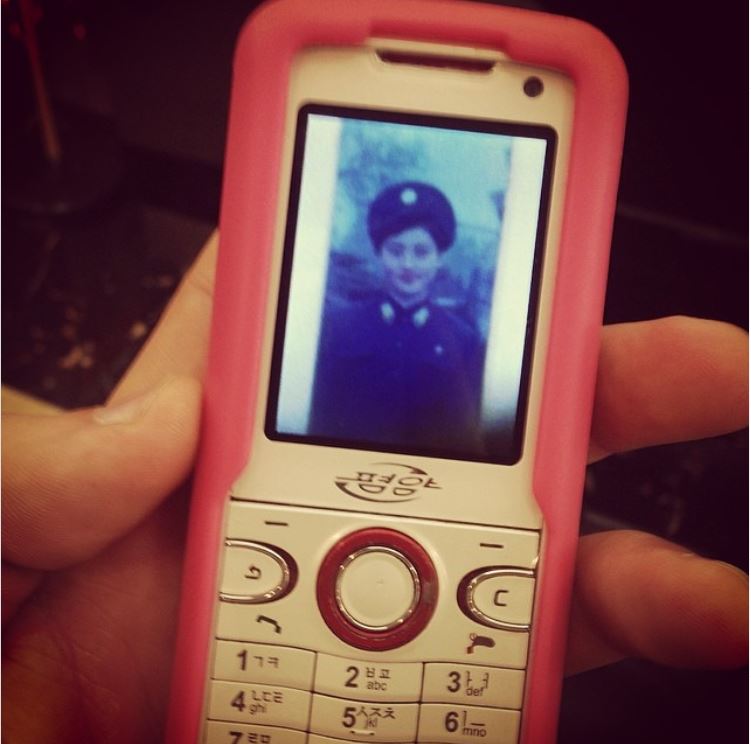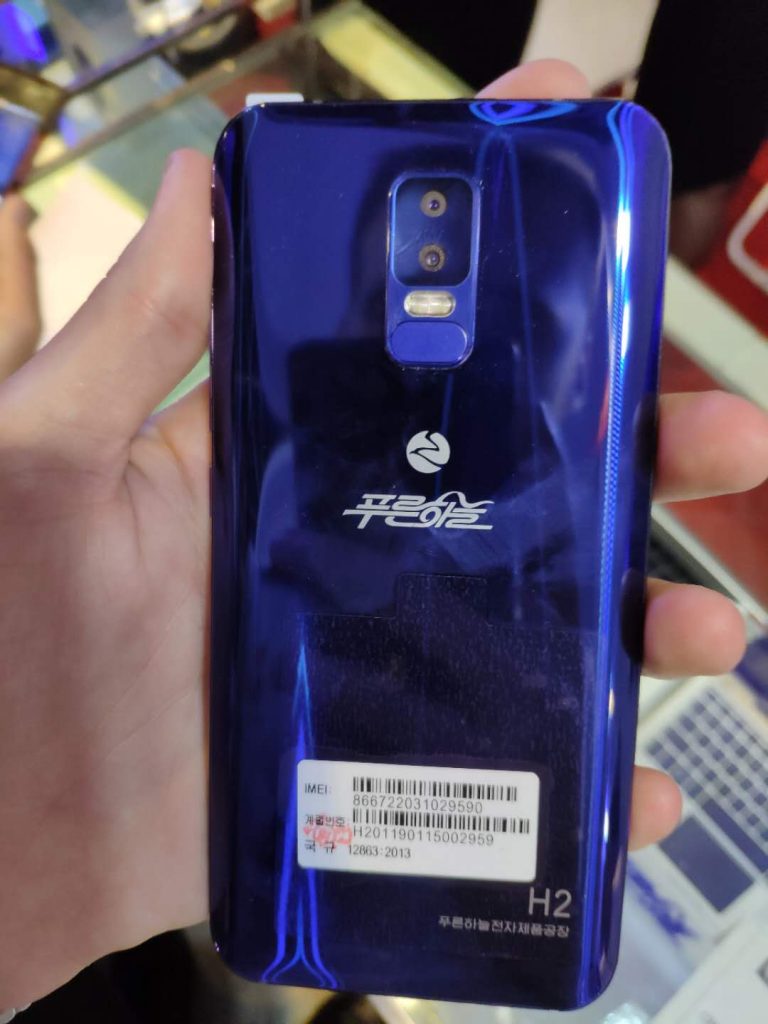1. North Korean students and men are forced to have the same haircut
North Korean haircuts are pretty much the biggest myth in North Korea!!! Back in 2014 the BBC and other news outlets wrote an article on North Korean university students ordered to have Kim Jong Un’s haircut. It was with no surprise that the quirkiness and obscureness of the topic help spread this rumour like a wildfire on the internet with all sorts of memes coming out of the woodwork.
The rumour later became that people had to choose between a number of different North Korean haircuts, all approved, again not true.
Tourists travelling in North Korea at the time we’re able to quickly debunk this which numerous news articles were backing their stories from an unknown source within the DPRK.
With that being said though when it comes to North Korean haircuts they are still relatively conservative and you will not see any punk rockers, nor men with blonde hair!



Fact: North Korean men are expected to have short hair. Growing your hair long, growing a beard, or having stubble on your face is viewed as being lazy or homeless by the Koreans. There are different styles of short hair to have, with no exact number of hairstyles a barbershop can only do within the country. This is often confused when a board is displayed at a barbershop with numbers – they’re used as only examples.
Fun fact: Foreigners traveling in North Korea can ask for a Kim Jong Un haircut at a local barber, and have other styles performed on their hair that goes against the conservative North Korean hairstyle.
2. There is no traffic in Pyongyang
This used to be true but is now outdated. Prior to 2010 traffic in North Korea was incredibly low. During my first visit to Pyongyang I only saw two taxis, a handful of vans & trucks, and lots of busses within my seven day stay.
These days, traffic can get quite intense in Pyongyang especially during morning and afternoon peak hours. If you’re taking the train into Pyongyang from China, you’ll arrive at 6:45pm and the first thing you’ll notice whilst exiting the Pyongyang International Railway Station is downtown gridlock.
A demand for taxis grew as public transport infrastructure is lacking, and as the local economy grew – so does the number of drivers you find on the roads.



Sadly gone are the days of Pyongyang Traffic Girls. They’ve been mostly replaced with a few of their male comrades. Since traffic has grown in the city, the public rely more on modern LED traffic lights rather than a good ol’ fashion traffic cop.
Fact: Although traffic in Pyongyang has grown, it doesn’t reflect traffic elsewhere in the country. The most common mode of transport in the rural areas of the DPRK are bicycle, bus and military vehicles. There’s been a small grow in private buses operating between larger cities and Pyongyang, but the lack of private cars is clearly visible.
Fun fact: A North Korean-like Uber app was launched in 2019. Which leads us onto the next myth about North Korea.
3. There’s no Internet in North Korea and nobody owns a cell phone
Whilst the general public of North Korea do not have access to the Internet this doesn’t entirely mean Internet is not available in North Korea. Orascom, an Egyptian telecommunication company had partnered with Korea’s state owned KPTC to launch the DPRK’s very first 3G Koryolink service in 2008. In 2013 the service was first offered to foreigners travelling or working in North Korea which was then quickly restricted to only foreigners working in North Korea.
The 3G service that is provided in North Korea is actually quite stable. It’s relatively fast, and it covers any area in Pyongyang and most of the rural cities.



The 3G sim-card is locked to the cellphone registered using IMEI so swapping the card out into another international mobile phone, or to a local phone will not work. Preventing North Koreans from having access to the internet with their local 3G service.
It is estimated as many as six million North Koreans, about a quarter of the population, now have mobile phones. The cellphones they have accessed to are locally made North Korean phones and will only work inside the DPRK. They are able to connect the intranet which gives them access to news, weather, online dictionary, games, a local Wikipedia and beauty apps.
Fact: Orascom help complete the exterior of the 105 storey high Ryugyong Hotel. Sinuiju city which borders China and Kaesong city which borders South Korea disable foreign 3G cellphone network for security reasons.
Fun fact: North Korea have physical app stores where you purchase apps over the counter, have your phone connected to a PC and download the paid apps directly.
4. Visiting the DMZ from North Korea is just as strict as South Korea
Bill Clinton was quoted for saying the DMZ that divides North and South Korea is “the scariest place on Earth“. Having been on both sides of the DMZ I can very much understand why he would say this. However, the experience you have on the North side is very different to their brothers on the South.
The North give a lot of the “we want a peaceful reunification” vibe when you’re being shown around by a local Korean People’s Army officer stationed at Panmunjom. I found it a lot less aggressive compared to my numerous experiences on the South.



Fact: There’s no dress code on the North side. It is possible to wave, point and shout whilst at JSA. None of this is possible on the South side and there are clothing requirements.
Fun fact: Entering the “blue hut” in the JSA during our tours is the only place where you are technically in both Koreas.
5. You can’t take photos in North Korea
This is another outdated myth of North Korea. In the early years of tourism, it wasn’t possible to take photos outside of Pyongyang, or during your bus ride within Pyongyang. As tourism grew in the DPRK, officials and locally owned tour operators became more relaxed with this regulation and now photography is certainly possible to take in the country during your tour with us.
The only requirements of photography are no photos of military personnel or construction sites. Photos of soldiers at the DMZ within certain sections are totally fine.
Fun fact: you can even bring your old school film camera on tour





